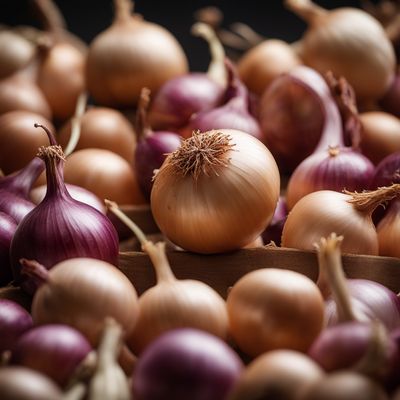
Ingredient
Onions
The Versatile Allium
Onions come in various colors, including white, yellow, and red, and have a layered structure with a papery skin. They possess a pungent and slightly sweet taste, with a crisp texture when raw and a soft, caramelized texture when cooked. Their aroma intensifies as they are heated, adding depth to dishes.
Origins and history
Onions have been cultivated for thousands of years and have a rich history in culinary and medicinal practices. They are believed to have originated in Asia and have been used in ancient Egyptian, Greek, and Roman civilizations. Onions were highly valued for their medicinal properties and were even used as currency in some cultures. Today, they are grown worldwide and are an essential ingredient in numerous traditional dishes.
Nutritional information
Onions are low in calories and a good source of vitamin C, fiber, and antioxidants. They also contain small amounts of other essential nutrients like folate, potassium, and manganese.
Allergens
Some individuals may be allergic to onions, experiencing symptoms such as skin rashes, digestive issues, or respiratory problems. It is advised to avoid onions if you have a known allergy or sensitivity to them.
How to select
Choose onions that are firm, with dry and papery skins. Avoid any with soft spots, sprouting, or signs of mold. The neck of the onion should be tightly closed, indicating freshness. Different varieties have different flavors, so consider the desired taste when selecting.
Storage recommendations
Store onions in a cool, dry, and well-ventilated place, away from direct sunlight. Avoid storing them near potatoes, as they can cause each other to spoil faster. Whole onions can last for several weeks to a few months, while cut onions should be used within a few days.
How to produce
Onions can be easily grown in home gardens by planting sets or seeds in well-draining soil. They require full sun and regular watering. Harvest them when the tops have dried and fallen over, then cure them in a dry, well-ventilated area before storing.
Preparation tips
To prepare onions, remove the outer skin and cut off the root and stem ends. Slice, dice, or chop them according to the recipe's requirements. To reduce their pungency, soak sliced onions in cold water for 10-15 minutes before using. Onions can be enjoyed raw in salads, pickled, caramelized, sautéed, or used as a flavor base in various dishes.
Substitutions
Shallots, leeks, and scallions can be used as substitutes for onions, although they have slightly different flavors. Shallots are milder and sweeter, while leeks and scallions have a more delicate taste. Adjust the quantity according to personal preference.
Culinary uses
Onions are widely used in soups, stews, sauces, stir-fries, and salads. They are a fundamental ingredient in dishes like French onion soup, blooming onions, onion rings, and onion bhajis. They also add depth of flavor to meat dishes, such as roasts and braises. Additionally, onions are commonly used as a base for stocks and sauces.
Availability
Onions are cultivated and available worldwide. They are a staple ingredient in cuisines across Europe, Asia, the Americas, and the Middle East.
More ingredients from this category
Recipes using Onions » Browse all
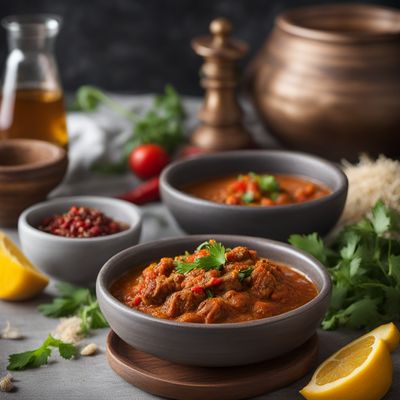
Punjabi-style Turkey Curry
Spicy Punjabi Turkey Delight
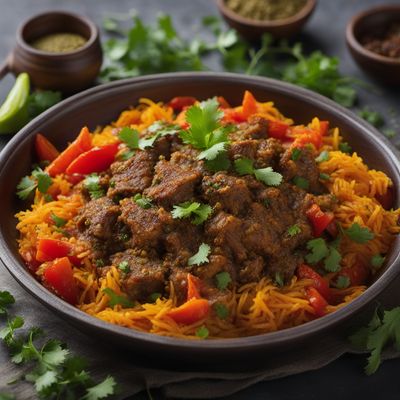
Indian-style Tevzis Buglama
Spiced and Fragrant Indian Tevzis Buglama

Callos a la Madrileña
Savory Spanish Tripe Stew
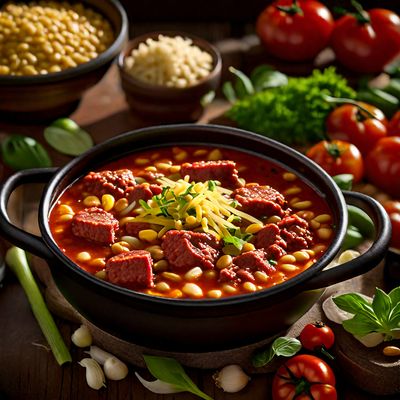
Budae Jjigae Italiano
Italian-inspired Army Stew

Liberian Rice Bread
Savory Delight: Liberian Rice Bread with a Twist

Cajun-inspired Yakhni Pulao
Spicy Cajun Yakhni Pulao: A Fusion of Indian and Cajun Flavors
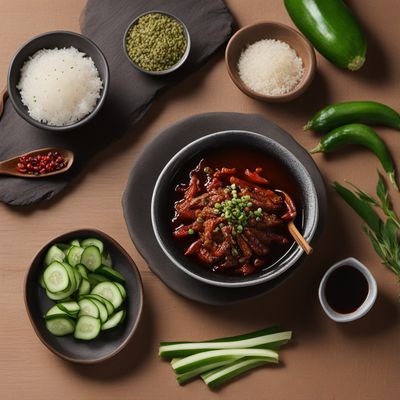
Bondipan with Spicy Soy Dipping Sauce
Crispy Korean Vegetable Fritters with a Kick

Guamanian Style Ackee and Saltfish
Tropical Delight: Guamanian Style Ackee and Saltfish

Brischtner Nytlä - Minorcan Style
Savory Swiss Delight with a Minorcan Twist
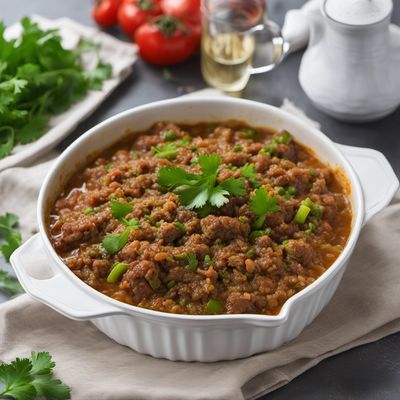
Macedonian-style Stuffed Celery
Macedonian Delight: Stuffed Celery with a Twist

North Dakota Bison Stew
Prairie Bison Delight
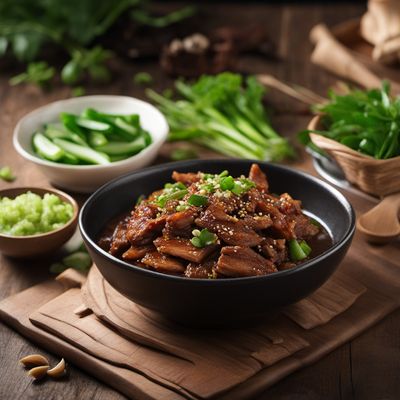
Nagoya-style Pork Afelia
Umami-infused Pork Afelia with a Nagoya Twist
